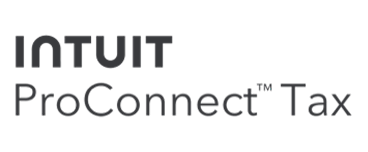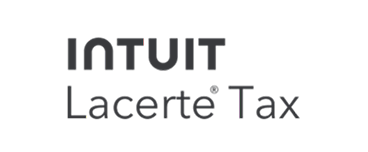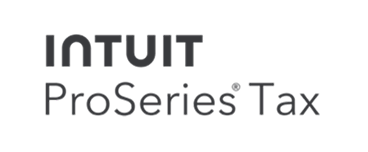
The Smart Firm’s Guide to Artificial Intelligence
The term ‘artificial intelligence’ (AI) may seem futuristic and intimidating to the average accounting or bookkeeping firm, but the truth is, you may already be using it and chances are you’ll need to become much more comfortable with using it in the future.
Many people don’t understand AI and think that the term refers to any technology that is accessed through the internet. This is not correct. A quick definition from Merriam-Webster Dictionary defines AI as: “the capability of a machine [in this case a computer] to imitate intelligent human behavior.”
A good example of this definition is Google Translator which enables the font of one language to be read by a computer and translated into another language. This eliminates the need for a person to get out their foreign-language dictionary and use their own intelligence to do the translating.
So how can you utilize AI to the benefit of your firm in 2020 and beyond? Let’s dive in:
Know your purpose.
The key to implementing AI applications in your firm is the same as any other technology—you need to have a purpose and long-term strategy for doing so. Whether it is to improve your service offering, to make things more efficient, or to save you money, you can’t find the AI you need unless you know what goal you are trying to accomplish with it.
Roadmap your current processes and workflows.
Following from our first point about having a purpose for implementing AI, keep your goal in mind as you look at the processes and workflows your firm has that relate to it. Consider how you could improve them by utilizing the right AI application. You may think you know them until you start interviewing people and then you realize there is work being duplicated. Map out G/l in the center with all of the processes around it. Doc management, AR/AP, payroll…need to review processes and determine is there a more efficient way of doing something.
Start small.
Like any significant endeavor, it’s important to break your AI implementation tasks into manageable pieces. Maybe you start with your accounts payable (A/P) process. If you are doing A/P if manually research an AI app that could speed up the process for you. Keep in mind that your firm must be using pure SaaS applications to truly take advantage of AI. Therefore, if your firm is still using desktop products, you won’t be able to optimize your use of AI.
Shop for AI with your pain points defined.
When looking at AI, consider what the pain points are which you are trying to solve. When you talk with vendors ask them to explain to you specifically how their tools could help you solve them. Going back to our A/P example, if you have an invoice that is electronically received, is there an AI application that will start coding it for you? If your goal is to save five hours a week or a half an hour per client, is this something that the application can help you achieve?
Be prepared to let go of how you did things before.
Technologies like AI are opening new doors for us all. However, you won’t be able to take advantage of them if you try to do things the way you have always done. Our roles will change along with the technologies. We’ll spend less time inputting data and more time making sure it is being analyzed correctly. Ultimately our goal is to be using the information to help our clients achieve their goals. To do this, you have to let go of what doesn’t work and look to new solutions.
Invest in your firm’s AI future.
Putting AI to work for your firm is an investment in your firm’s future. As such, you’ll need to allocate time, money and resources to investigate solutions, learn them and put them into action in your workflows.
Here is how we allocate our resources to do AI exploration at my firm: 50 percent of what we work on is what we have to win on—the fundamentals which keep revenue coming in. Then we look at all of the other things that have to be done administrative tasks and the like, we figure 30 percent of time should be spent on that. The remaining 20 percent of our time is designated to research and development. This allows us to focus on one or two projects at a time and really investigate them fully.
Stay curious.
Since there are so many new developments in the world of AI, you need to keep thinking ahead and staying curious to the possibility this technology may afford you. For example, what kind of specialization or niche do you want to have for your firm in the future? By purposefully choosing technology that helps you deliver the services your chosen customers want you will be able to build the business you want in the future.
Don’t forget to be human.
There’s no doubt that accounting and bookkeeping firms are going to be using AI applications increasingly in the future. However, it’s key no to lose sight of the human element in what we do. The soft skills our clients will be looking for will be different in the future as well. Since technology can free us from mundane tasks, like data entry, we’ll have the opportunity to become not just trusted advisors, but as I like to call it “cherished advisors” with the ability to dive deep into our advisory role so that we are indispensable to our clients.
When you start looking at how you might use AI in the future, I hope you see that the opportunities truly are endless—and a lot less futuristic than you may have realized at the outset of this article. Utilizing the right AI technologies can help you free your time to take on more clients or do more of the work for you so that you can just do less. It can also help you serve clients on a broader geographic scale and provide them with better services and insights. Plan to research and implement just one AI application this year. Choose an area which excites you and that can also help you grow your own soft skills in the process—then get started!






